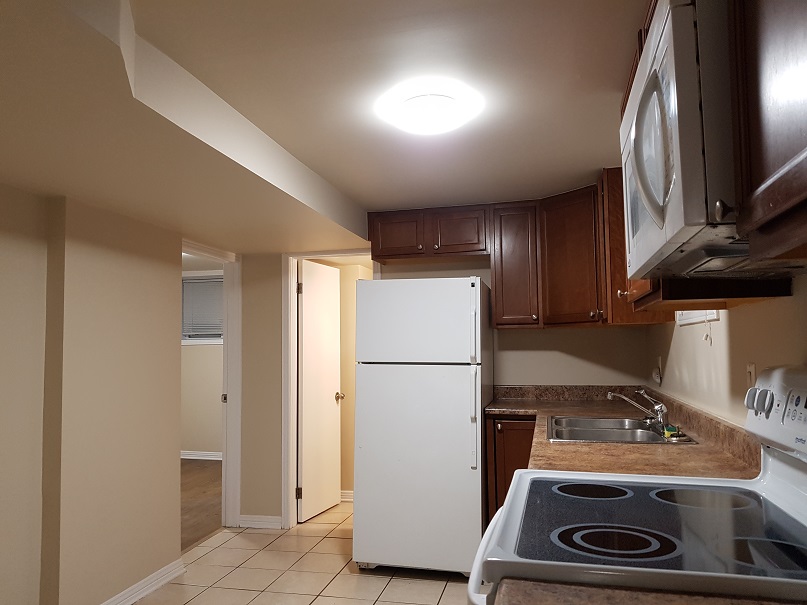The concept of secondary dwelling units has gained significant traction in recent years, especially in cities like Ottawa where the housing market is tight and the cost of living is high. Adding a secondary dwelling unit to your home can serve multiple purposes: it can be a source of additional income, provide affordable housing options, and even offer a living space for family members. This essay aims to provide a detailed guide on adding a secondary dwelling unit in Ottawa, covering the legal requirements, benefits, and practical considerations.

Legal Framework
Ontario Building Code and Zoning By-laws
In Ontario, the addition of a secondary dwelling unit is regulated by the Ontario Building Code and local Zoning By-laws. Before proceeding with the construction, a building permit is required. The construction may include alterations like enlarging windows, adding new exterior doors, or even building an addition to the existing structure. The proposed “Change of Use” must also be reviewed to ensure compliance with the Ontario Building Code and other applicable laws.
Size and Access
The size of the secondary dwelling unit is in some areas restricted to 40% of the gross floor area of the principal dwelling, except for basement units where there is no maximum size. The unit must have separate access on the ground floor unless building or fire codes allow otherwise. No new doorway entrance can be added to the front wall of the principal dwelling.
Parking and Streetscape
No additional parking space is required for the secondary unit. However, if a new parking space is provided, it cannot be located in the front yard. The addition of a secondary dwelling unit must not alter the streetscape character along the road on which it is located.
Financial Considerations
Cost and Fees
Building permit fees are calculated based on the gross floor area for new buildings or additions, and on the valuation of the proposed work for renovations. The minimum fee for a building permit is $100. Additional fees may be due at permit issuance, such as development charges.
Taxes and Insurance
Adding a secondary dwelling unit may affect your property taxes and income taxes, as rent counts as additional income under the Income Tax Act. It’s crucial to notify your insurance company about your plans as your policy may need to be adjusted.
Benefits of Adding a Secondary Dwelling Unit
- Additional Income: One of the most immediate benefits is the additional income generated from rent.
- Affordable Housing: Secondary dwelling units contribute to the availability of affordable housing options in the community.
- Family Living: These units can serve as independent living spaces for extended family members, such as elderly parents or adult children.

Practical Steps
- Initial Planning: Assess the space where you plan to add the secondary dwelling unit. Consult with architects or contractors for design ideas and cost estimates.
- Permit Application: Apply for a building permit through the City of Ottawa’s online portal or in-person by appointment. The application will require detailed plans and may take several weeks for approval.
- Construction and Inspection: Once the permit is approved, you can proceed with the construction. The project will require multiple inspections to ensure compliance with building codes.
- Final Steps: After construction, a final inspection is required. Once approved, you can start renting out the space.
Adding a secondary dwelling unit in Ottawa is a viable option for homeowners looking for additional income or aiming to contribute to affordable housing in the city. However, it’s a process that requires careful planning, understanding of legal requirements, and meticulous execution. By adhering to the Ontario Building Code and Ottawa’s Zoning By-laws, homeowners can successfully navigate the complexities involved in adding a secondary dwelling unit to their property. If you are looking to find a quality tenant for your unit or are looking to have your property managed get in touch with us.
Note that zoning is undergoing major changes in the province of Ontario and across the country. The above information may have modified since it was written.
